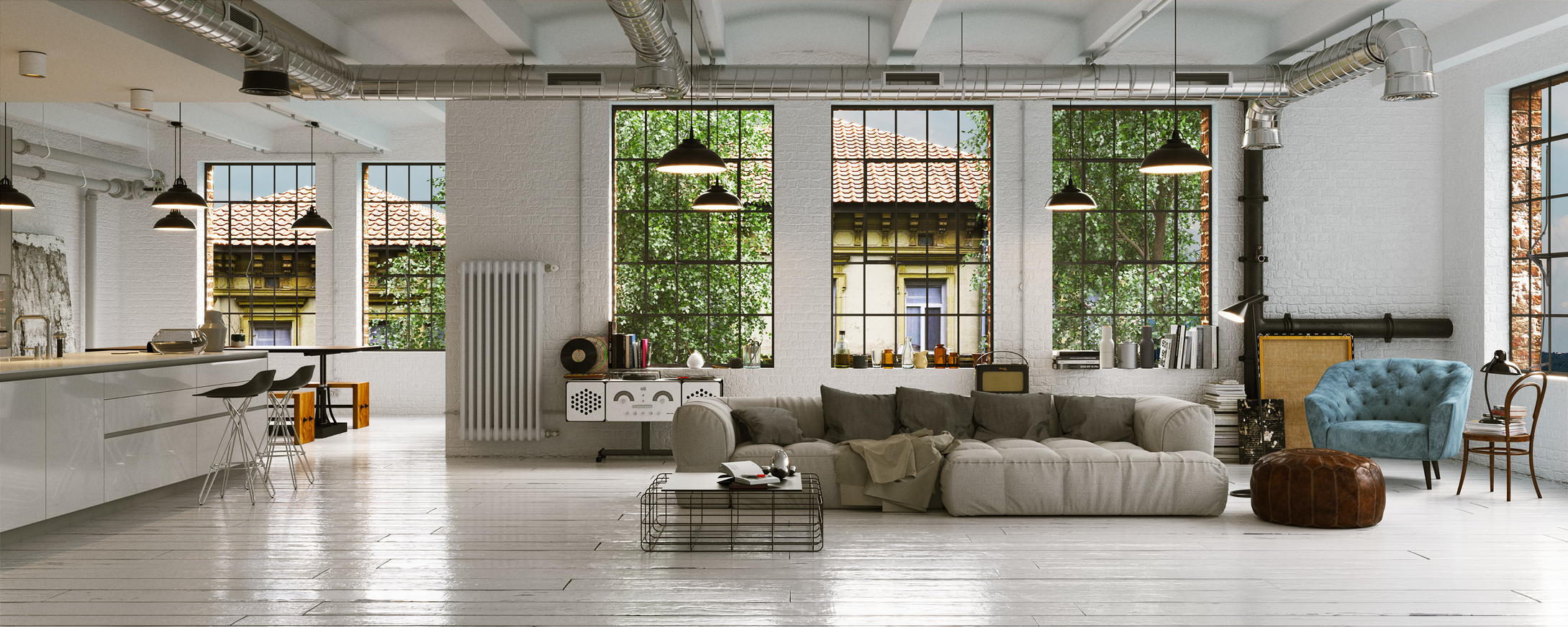Condensation Control
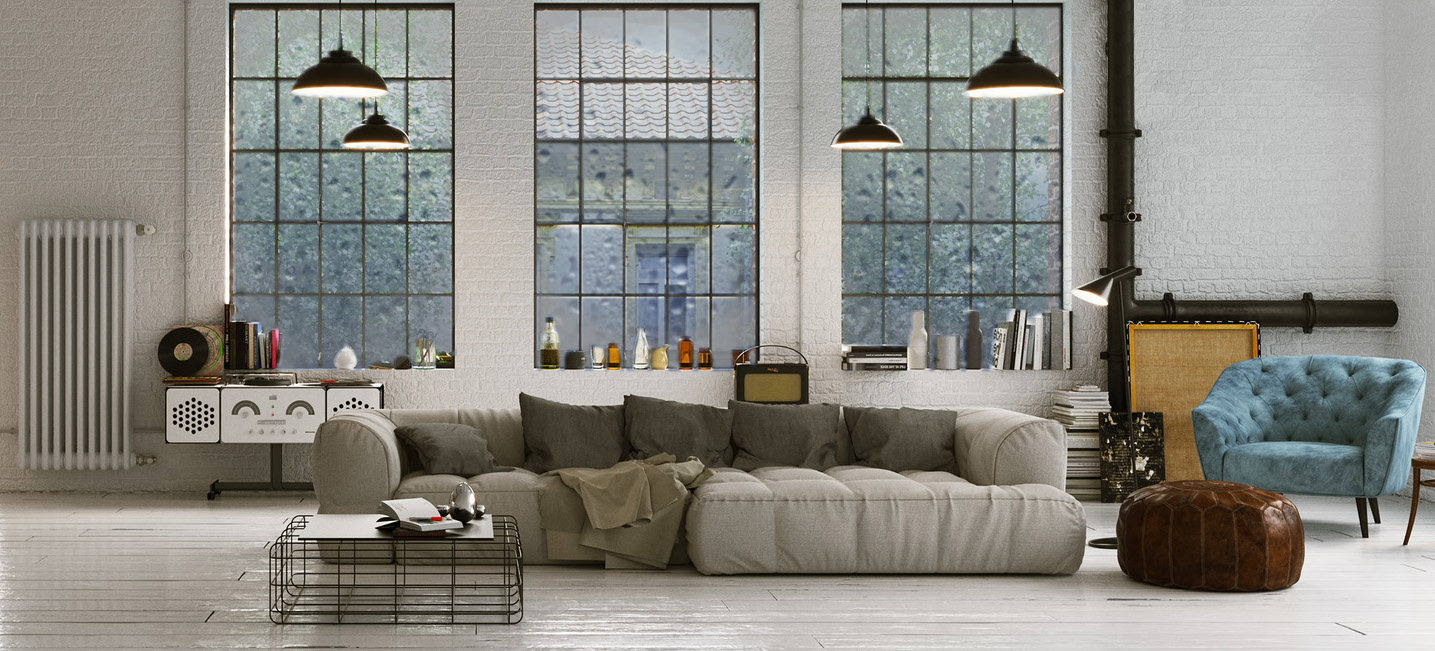
How to Control Condensation
Condensation is responsible for excess moisture, dampness and mould around the home. The best way to control condensation in your home is by installing a ventilation system such as a Positive Input Ventilation (PIV) system, or by installing a Mechanical Ventilation Heat Recovery (MVHR) system which is the best system for ensuring desired levels of humidity and good indoor air quality.
Installing a ventilation system over other options of condensation control will ensure that condensation will be permanently kept to a minimum. It is important to not just treat the problem of condensation, but to take measures to keep it under control.
What is Condensation?
Condensation is the process of water vapour in the air turning into a liquid as a result of warm air hitting a cooler surface. You will have noticed condensation occurring on a cold glass of water on a hot summer day.
Condensation is one of the most common forms of dampness in residential buildings, it is caused mainly by warm, moist air formed from cooking, washing, bathing or even by just breathing condensation onto colder services in the home. This can happen at any time but is most likely to occur at night because the air temperature falls or when your heating shuts down for the night, this will be more of a problem when the outside weather gets colder.
The warm, moist air will travel to the coldest areas in your property and not just the areas causing the problem and condensate on these areas, this can be on the windows, corners of bedrooms and behind furniture. Damp patches can appear on plaster walls in odd places particularly on outside walls often appearing and disappearing on a regular basis.
Bathrooms are usually the main source of moisture build up in the home, due to hot water and steam from baths and showers. When a window is opened, the moisture naturally goes to the coldest area in the property and condensates there.
An average home can produce up to 12 litres of water a day, if this water is not extracted out, this becomes problematic as the build-up of moisture can cause mould and damp. It is important to deal with condensation in the home as a build up of condensation can lead to damp and mould growth which can have a negative effect on your health, and also on the material of the building itself.
Signs of Condensation
The most common sign of condensation is the water running down walls, a musty smell, or when mould, mildew or fungi are visible on windows, corners of bedrooms or behind furniture.
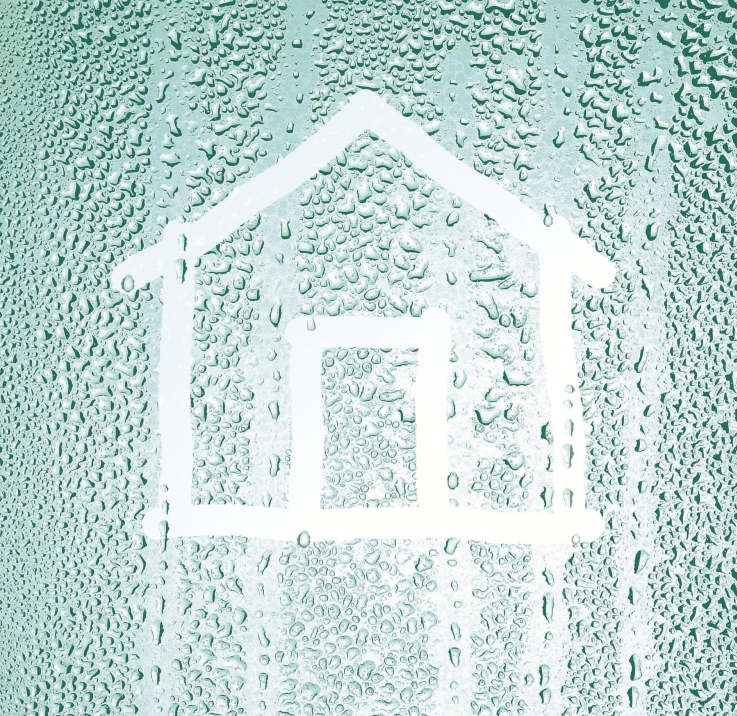
Damp in properties that have been constructed in the last 40 years is 90% more likely to have developed as a result of condensation due to the warm moist air formed from cooking, washing, bathing as well as breathing on cooler days.
In winter, condensation can intensity making it even harder to control condensation as the outdoor temperature is considerably lower that temperature indoors and when moisture is involved, this is sure to be a cause of condensation.
How to Prevent Condensation
The key thing in controlling condensation is controlling humidity. Improving heating, insulation and installing a dehumidifier will aid in improving your condensation problem. Please bear in mind that these improvements are not a permanent solution as they do not treat the source of the problem.
There are different things you can do to help improve condensation around the home.
We recommend these following steps to help combat condensation in your home:
- Avoid drying clothes over radiators or in un-ventilated rooms. Drying clothes outside is better.
- Vent outside of tumble dryers, ensure that they are properly ventilated and empty the condensate regularly
- Open all window trickle ventilators if installed
- Avoid the use of portable LPG gas heaters
- Keep bathroom and kitchen doors closed when bathing or cooking
- Leave a gap between your furniture and walls
- If there is any black mould on paint, wood or timber make sure this is removed
- Using a ventilation system to remove the moist stale air.
Ventilation Systems for Condensation Control
Above are some good measures to prevent moisture in your home. Some preventions are temporary or will not be a full fix for a long time. We recommend installing a ventilation system such as a Positive Input Ventilation (PIV) or Mechanical Ventilation Heat Recovery (MVHR) system for a more permanent long-term solution.
To prevent condensation in the home you need a continuous supply of fresh air. Good ventilation in a kitchen when washing or dying clothes or cooking is essential along with a source of ventilation in your bathrooms and toilets to remove moisture from taking a shower or bath.
PIV Systems
Positive Input Ventilation is the most effective method of curing and preventing condensation dampness. PIV systems are most popular condensation solution for existing properties as it is an easy and simple solution to install. Installing a PIV system is one our top recommendations for controlling condensation in your home.
A loft mounted PIV draws fresh air and heat that exists in lofts, filters it and pushes it into the dwelling via a ceiling mounted diffuser simultaneously circulating existing heated air that has risen to ceiling height. All stale air in the property is forced out through natural forms of ventilation such as doors and windows or a condensation control fan.
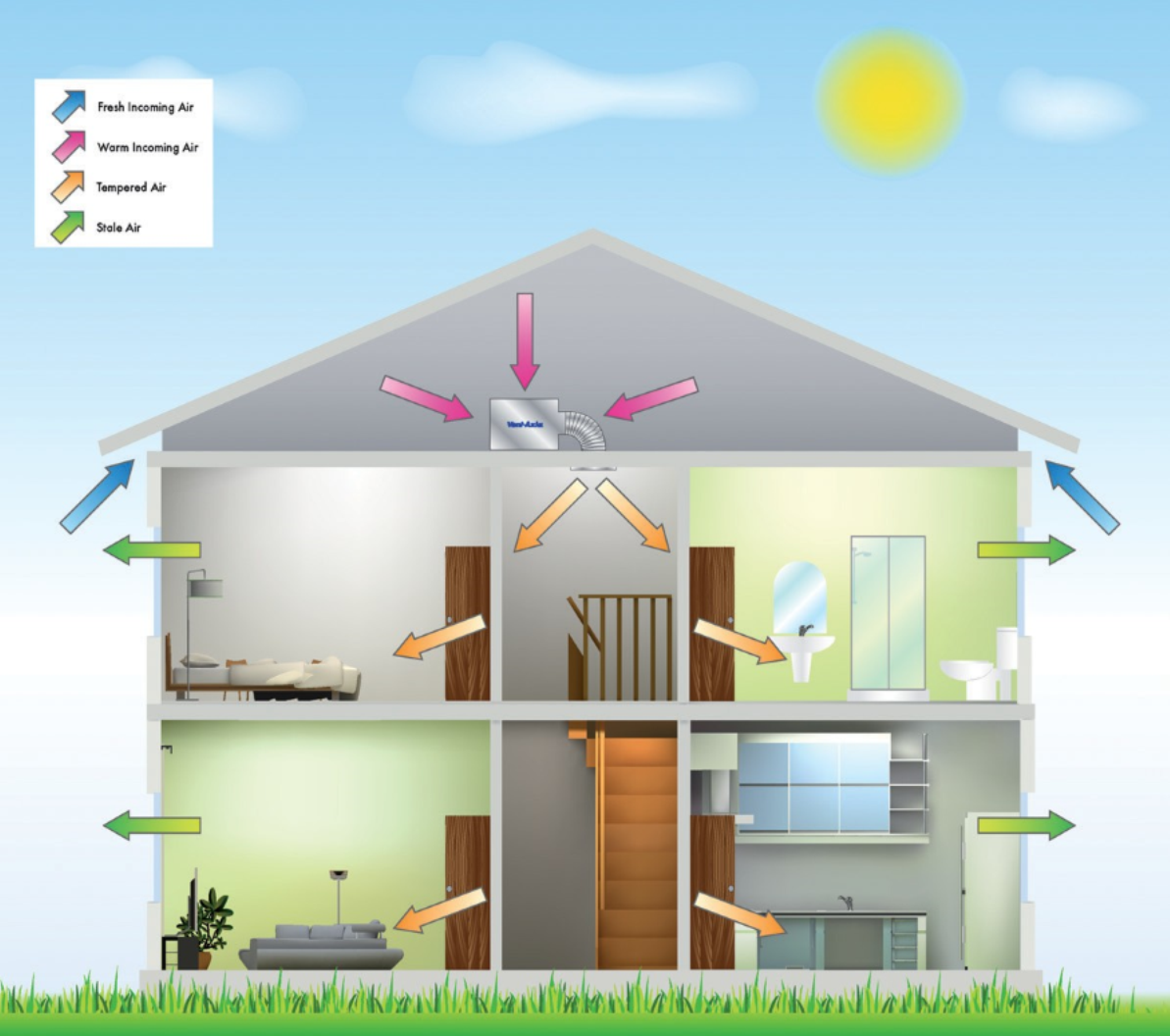
Our range of top-quality PIV units are energy efficient units that control condensation by gently providing air to your home from a central position in the stairwell or storeroom.
Our range of PIV units including the Vent-Axia Pozidry Pro, and the Vent Axia Pozidry Compact, both of these units are available with or without a heater option. Pozidry units are the perfect solution for hard to cure mould and condensation in existing properties.
PoziDry Pro improves indoor air quality and quickly eradicates conditions that lead to mould growth, reducing the risk of health issues in the home. The unit is unobtrusive, near silent running and has low operating costs.
MVHR Systems
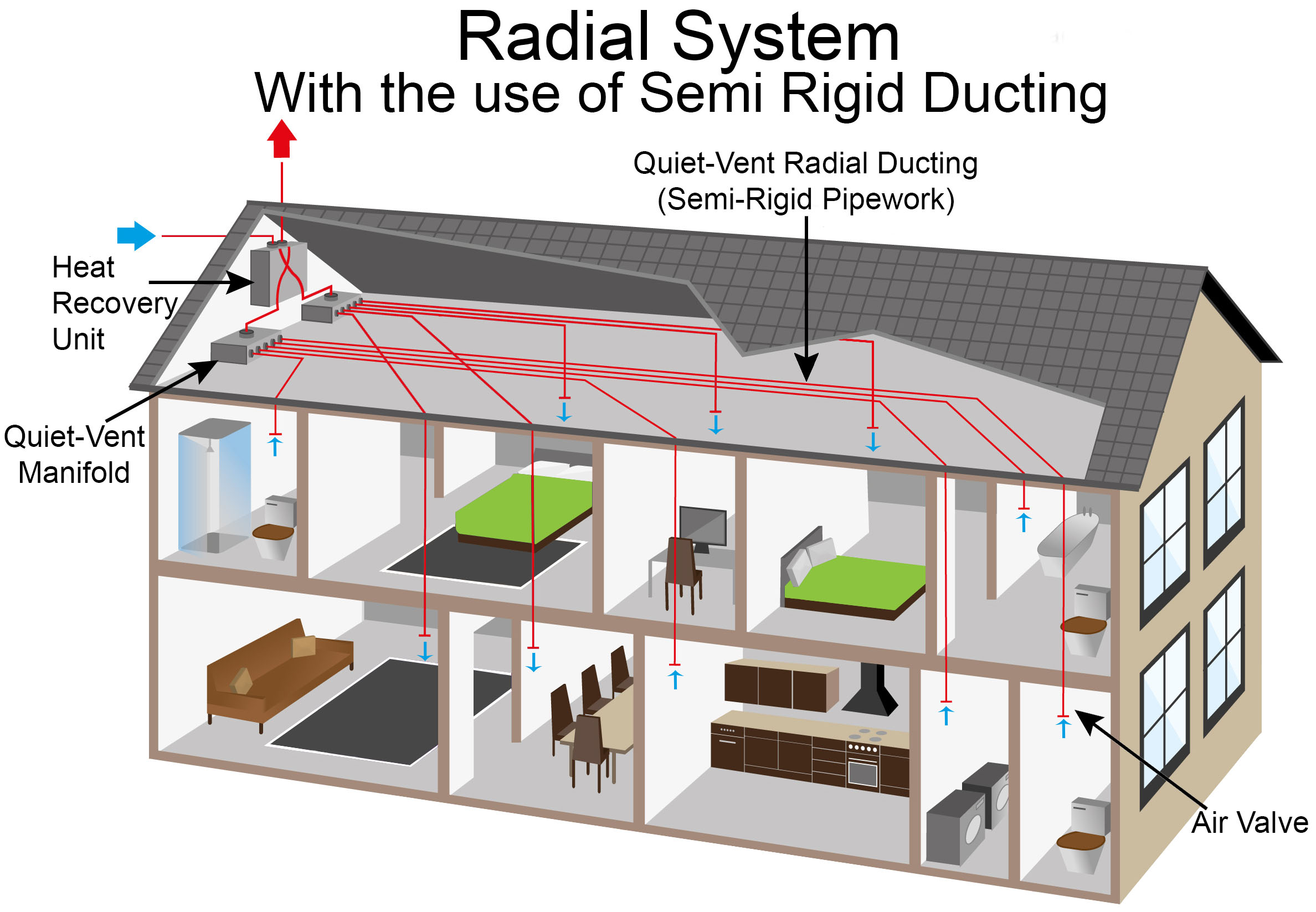
An MVHR System is the best solution to preventing condensation problems in the home. Whether in new builds, or installed during renovation, an MVHR is the best system to install to ensure humidity comfort. A MVHR system works by extracting any damp, moist, stale air from kitchens, bathrooms, utilities, WC’s and en suites. These areas are prone to a build-up of moisture which can lead to condensation and mould.
An MVHR system will also supply fresh filtered air into the habitable rooms in your house. An MVHR system will also recover up to 95% of normal lost air, meaning that the supply air is warmed from the heat that is usually lost.
Our most popular heat recovery systems are from leading manufacturers such as Duco, Vent Axia, Domus, Quiet-Vent and more!
Benefits of working with BPC Ventilation
- Number 1 leading MVHR and ventilation system specialists
- Large range of systems for domestic and commercial applications
- Authorised distributors
- In-house design service
- Full technical support
- 1000s of products in stock in our own warehouse
- Large showroom with working units on display
- Installer network throughout the UK and Ireland
- All systems comply to all the latest building control regulations
